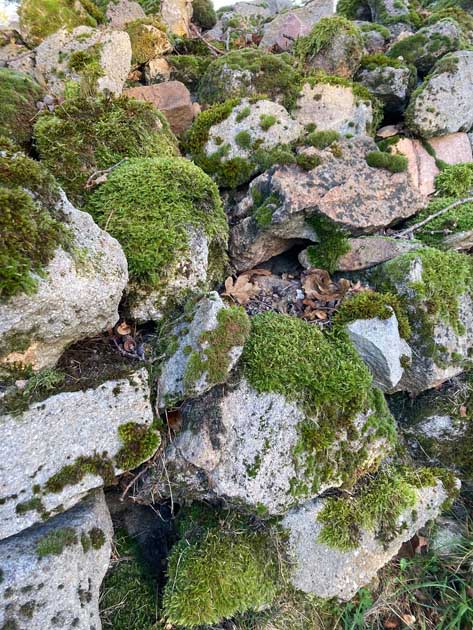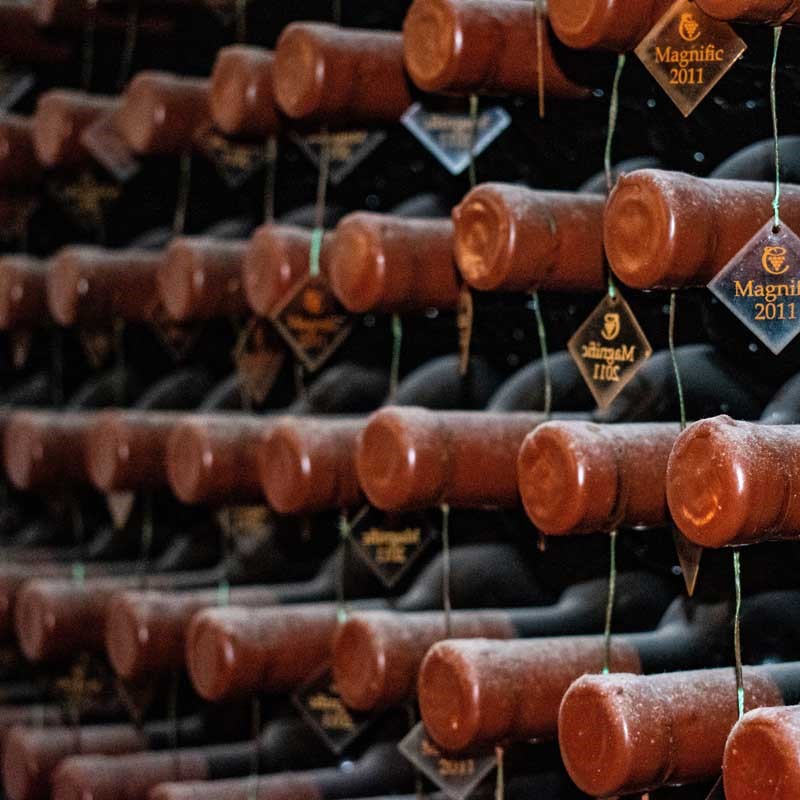There is probably no more misunderstood term in the language of wine than “terroir”. Only one other contender comes to mind, and that is “minerality”. But more on that later.
“Terroir” means “area” in French. And that says it all. Terroir is not the soil. When I hear “Münsterland” or “Schwyz”, I don’t think first of the pedological characteristics of these regions! Terroir in the wine means nothing more than what is typical of the area, what is characteristic of that region. The two most important factors that makeup terroir are the human factor, the local customs of viticulture and winemaking, and the regional cultural and economic traditions. A classic Rioja has a distinctive taste, first and foremost, because it has been produced in the vineyard and in the cellar using methods typical of Rioja. This is terroir. And secondly, it’s the climate. The Barossa Valley has a different climate to the Ahr Valley, and that obviously affects the character of the wines. The microclimate of a site also plays a role – Barolo is a good example of this. This is also terroir. The clones of a grape variety typically used in a region are part of the terroir. Then there is the soil and the rock formation under the vines, which also affect the terroir of a wine. For those who find the term “terroir” difficult, just replace it with “area typicity”. If I recognize a Mosel Riesling because it smells and tastes like a Mosel Riesling, then that is terroir, and the soil may have little to do with it.

Natural soils and rocks have characteristic odors. These almost never come directly from the mineral components, but are predominantly caused by microorganisms that prefer the respective rock and soil types as a habitat.
My second patient today is the term ‘minerality’. The first major misunderstanding here is the same as with terroir. Minerality in wine has nothing to do with the soil and minerals on which the vines are planted. Nor does it have much to do with dissolved minerals, i.e. metal ions. There has been an extremely naive idea that the vines, with their deep roots, extract the minerals from the soil and pass them directly through the grapes into the wine, which then tastes mineral. Admittedly, this is a childishly ignorant assumption. In fact, the flavour profile of minerals, or more precisely metal ions in aqueous solution, is very limited and decidedly unattractive. It is limited to salty (sodium), bitter (magnesium), sweet (lead, but also sodium in low concentrations) and combinations thereof. Most importantly, minerals cannot be smelled, because they are not volatile. If you wait for a piece of granite to evaporate (or, more accurately, sublime), you will have evaporated before the granite has released a microgram of its constituents into the gas phase. Very, very few minerals and rocks have an inherent odour.
So does the term “minerality” belong in the dustbin of useless wine jargon? Absolutely not! And there are two good reasons why. Almost everyone knows the smell of wet potter’s clay, of flint when you strike metal to create sparks, of pebbles, especially intense after a summer rain on the banks of a stream or river, of slate, chalk or dried clay soil moistened by a rainstorm. The latter even has its own name (petrichor). Wet limestone marl smells different from wet clay marl.
But how can this be if a pebble does not release anything into the gas phase, which is the basic prerequisite for odour? You can smell components of sediments that are produced by microorganisms that colonise the soil. Geosmin is a well-known example.

Old masonry also develops characteristic odors, with limestone, for example, smelling differently than slate.
All these mineral odours (i.e. aromas) can be found in wine. They need not be chemically identical to the substances that cause mineral odours in nature. A well-known example is TDN (1,1,6-trimethyl-1,2-dihydro-naphthalene), which causes the petrol note in Riesling, but at low concentrations is perceived as slate minerality. Slate is one of the very few minerals that actually has an inherent odour. The TDN that can give a Riesling its slate minerality, along with the Riesling acetal (2,2,6,8-tetramethyl-7, 11-dioxatricyclo [6.2.1.0(1,6)] undec-4-ene), has nothing to do with the soil geology beneath the vines and is chemically unrelated to the slate odours. It is a breakdown product of the carotenoids produced by the vines as sun protection. Slate minerality can therefore occur in any soil.
It is also possible for environmental odours to be adsorbed externally on the skin of the grape berries and enter the wine. This is how the smoky smell got into the wines after the devastating fires in Napa Valley – some wines were undrinkable and destroyed by extremely strong smoke aromas. If you stand on the Red Slope in the summer heat, you can smell it. The organic molecules that cause the odour are not absorbed by the roots of the vines, but could be adsorbed on the grapes from the air outside. As far as I know, it has not been proven that this is the case.
The fact is that there are odours associated with minerals because there are very specific odours associated with these minerals. Mineral notes in wine have nothing to do with minerals, either directly or causally, but they are there! You don’t have to lick stones to understand them, because taste is mainly a matter of smell. We can only taste sweet, sour, salty, bitter, umami and probably fat. All other flavours are perceived retronasally – in the nasal cavity – when we eat or drink.
Minerality can also describe a wine’s texture, or mouthfeel, which is closely related to the wine’s structure.
The second reason why minerality is a useful term in wine jargon is that most interested wine drinkers can relate to it. If my wine merchant describes a Chablis as “bitingly mineral”, I can classify it and understand what he means. That’s what language is for.





Leave A Comment